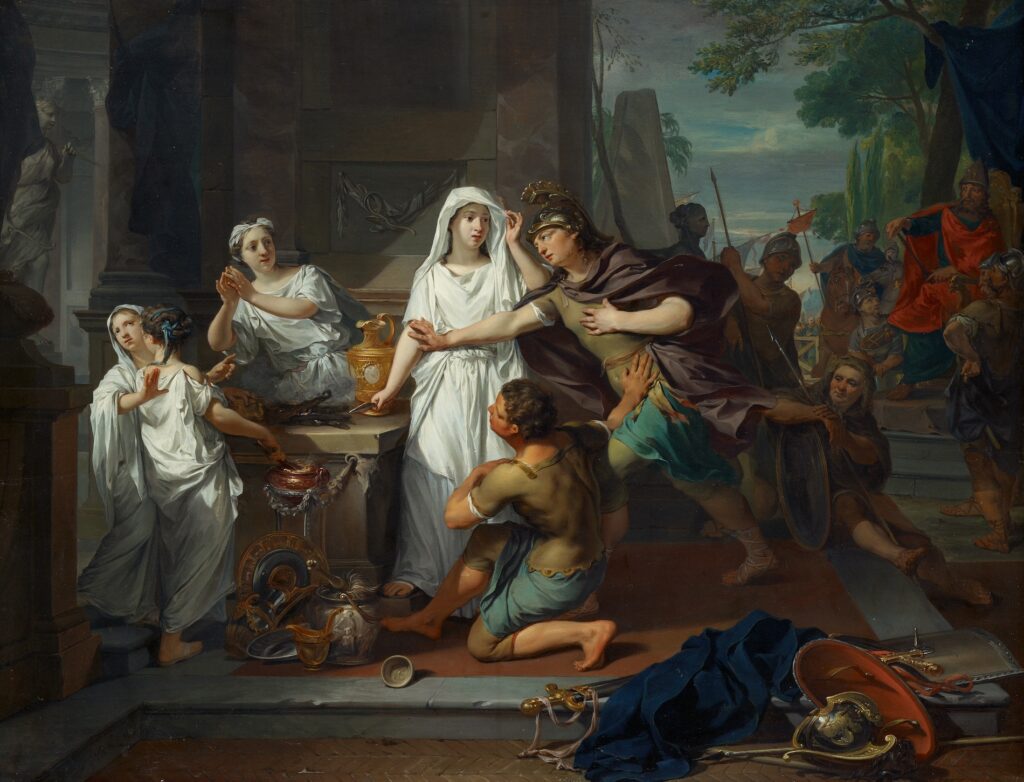
Relative risk (RR), also known as risk ratio, is a cornerstone concept in epidemiology and public health, offering insight into the strength of the association between an exposure and an outcome. This Epi Explained will cover what Relative Risk is, how to calculate it, and provide some practice problems so you can check your understanding.
What is Relative Risk?
Relative risk compares the probability of a specific event (such as developing a disease) occurring in two distinct groups: those exposed to a certain risk factor versus those not exposed. It quantifies how much more (or less) likely the event is to happen in the exposed group compared to the unexposed group.
Mathematical Definition
Mathematically, relative risk is defined as the ratio of the probability of the event occurring in the exposed group to the probability of the event occurring in the unexposed group. If we denote P(E|exposed) as the probability of the event given exposure and P(E|unexposed) as the probability of the event without exposure, the relative risk (RR) is given by:
RR=P(E|exposed)/P(E|unexposed)
Variables Explained
- P(E|exposed): Probability of the event given exposure to the risk factor.
- P(E|unexposed): Probability of the event without exposure to the risk factor.
Historical Context
The concept of relative risk has roots in the 19th century when pioneering epidemiologists like John Snow used comparative analyses to understand disease outbreaks, such as cholera. Although the term and precise calculations have evolved, the fundamental idea of comparing risks to uncover associations has been central to epidemiology since its inception.
Importance in Epidemiology
Relative risk is crucial in epidemiology for several reasons:
- Measuring Association Strength: RR quantifies how strongly an exposure is associated with an outcome, helping to identify potential risk factors for diseases.
- Guiding Public Health Interventions: By identifying factors that significantly increase the risk of disease, public health policies can be influenced by measures such as relative risk to prevent disease in the population.
- Informing Clinical Decisions: Understanding the relative risk helps clinicians advise patients on lifestyle choices, screenings, and treatments.
Calculating Relative Risk: Practice Problem
Consider a study investigating the effect of smoking on lung cancer risk. If 100 out of 1,000 smokers develop lung cancer (10%), and 30 out of 1,000 non-smokers develop lung cancer (3%), the RR of developing lung cancer for smokers compared to non-smokers is:
A. 0.03
B. 0.10
C. 3.33
D. 0.333
Answer Key, click to reveal
C. RR=0.10/0.03=3.33
Limitations of Relative Risk
While RR is a powerful tool, it has limitations:
- Not Applicable for Case-Control Studies: RR cannot be directly calculated in case-control studies due to the retrospective nature of these studies. Odds ratios are used instead.
- Can Overstate Risk: High relative risks can make associations appear stronger than they are, especially if the absolute risk is low.
- Confounding Variables: RR does not account for confounding variables that may influence the observed association.
Conclusion
Relative risk provides a clear and quantifiable measure of how exposure to a certain factor alters the risk of a specific outcome. Its application in epidemiology and public health has been invaluable in understanding disease dynamics, guiding interventions, and informing clinical practice. Despite its limitations, RR remains a fundamental concept that helps distill complex relationships into actionable insights, underscoring the importance of epidemiological principles in improving public health outcomes.
Humanities Moment
The featured image for this Epi Explained is Orestes and Pylades in Tauris (1732) by
Nicolaas Verkolje (Dutch, 1673 – 1746). Verkolje was known for his classicistic style in history pieces and portraits. He was influenced by notable artists like Antoine Coypel and Gerard Dou. Verkolje was also a teacher to several artists throughout Amsterdam.
